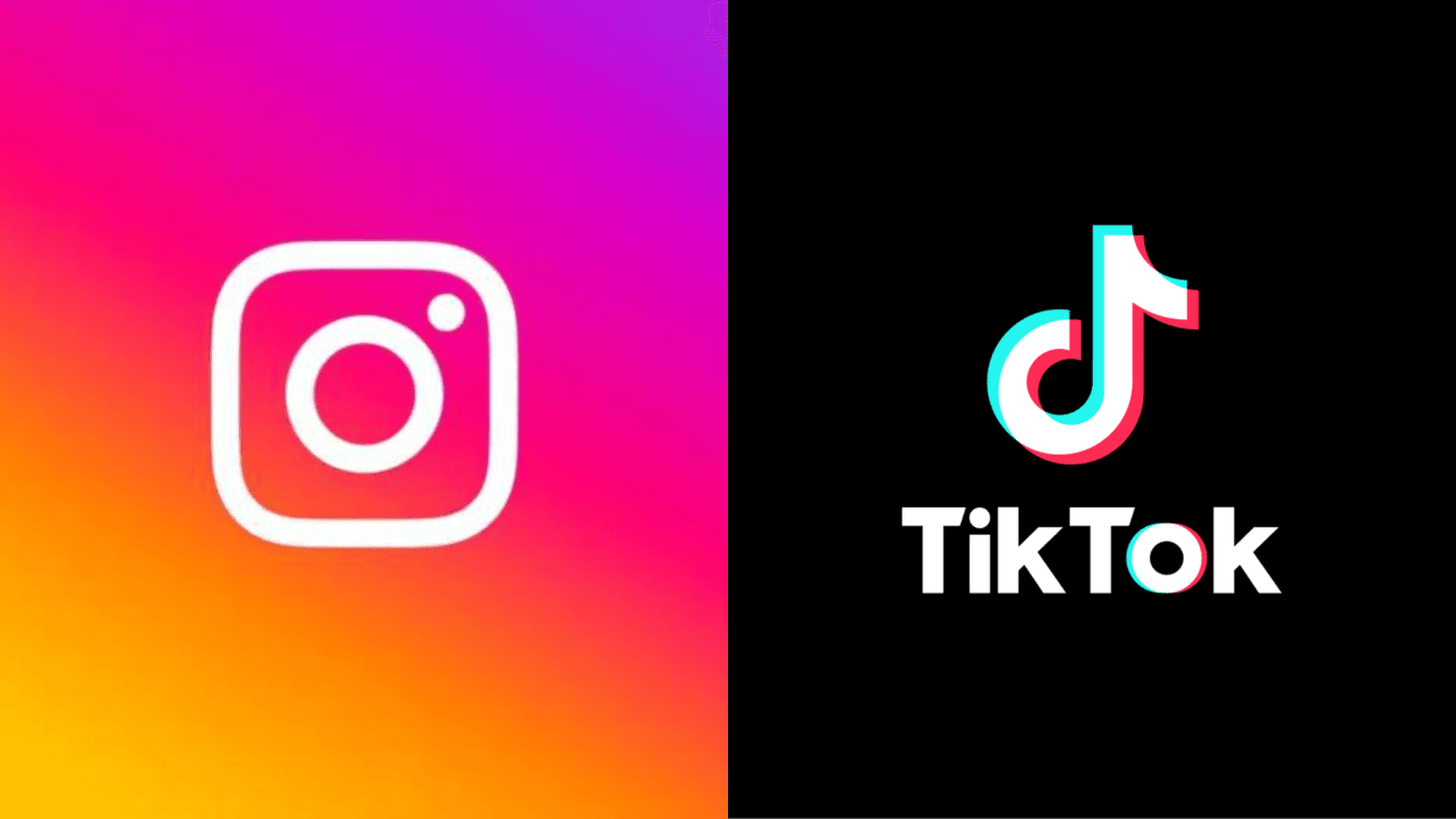The success of the short-form video format is driving the way for social media advertising, and TikTok and Instagram are competing to be chosen as advertising space. Learn the similarities and differences between the two platforms.
Social media remains a very popular option for brands when it comes to advertising. But some things are changing. For example, the rise of TikTok has seen a reshuffle in advertising performance across the board. Advertisers can be seen adapting their strategies to short-form video content. An important question arises: is Instagram or TikTok the best place to advertise?
While we see more advertisers shifting their strategy to TikTok even while on Instagram, others maintain templates from recent years. To decide which path best meets your objectives, it's important to identify the key differences between the platforms.
First, TikTok is very popular and focuses on viral content, while Instagram has had to adapt to that mechanism. We often see major advertisers trying to produce creative content that fits TikTok's mold, but that fits both. This phenomenon is likely due to TikTok's position as the most popular platform with younger generations. On the other hand, Instagram's audience is growing in age.
Instagram's move to counter TikTok is to emphasize Reels for video advertising. And, although the content hasn't changed much, the algorithm now favors videos over images. The short-form video trend has taken center stage. To simplify processes, viral videos are often replicated from one platform to another.
Perhaps the biggest difference between advertising shared on TikTok and Instagram is defined by the ad copy. Instagram allows for catchy headlines, bold text, and otherwise wordy copy. On TikTok, most people probably won't read the ad copy, so any essential information should fit into a seven- to 15-second video.
Instagram audiences still tend to react positively to sponsored and branded content. Highly produced images and videos can spark conversations. On TikTok, however, they prefer organic or user-generated content. They generally don't respond well to traditional ads. Instagram is positioned as the space where brands have the best chance of success with graphics. TikTok must optimize for mobile devices, otherwise they won't reach their potential.
Although both are effective, it's important to identify the needs of each brand. TikTok targets a younger demographic, while Instagram is a slightly broader target. Considering the growth TikTok is experiencing, it may surpass its competitor's audience size, becoming the dominant platform.
Considering your audience types, it's advisable to always set key performance indicators accordingly. In addition, test creative to see what drives conversions. Once you've gathered enough data, it'll be clear how to move forward effectively.
TikTok also stands out for its advancements to make the process easier for advertisers. Like Facebook and Instagram, TikTok has a pixel that brands can install on their websites, making optimization easier and providing a similar feel to Meta Business Manager.
Many advertisers find TikTok to be an effective platform. It has a wide range of its own editing tools (filters, music, and transitions) to make a video appear as seamless as possible for the user experience. Instagram videos are typically edited outside the platform in third-party programs like Adobe Photoshop and Premiere.
Many brands will use these platforms to reach their audiences internationally, but there are important factors to consider. Language and cultural differences are just a few. It's also important to understand copyright and the legal aspects of international advertising. Certain music may not be permitted in different countries due to copyright laws. Similarly, some talents won't allow you to advertise in specific countries using their likeness. To avoid these issues, it's important to understand audio usage and talent rights ahead of time.
Over the years, we'll likely see a shift toward more organic, short-form videos due to the shortened attention span. People scroll quickly, and advertisers need to capture their attention in the first few seconds.
However, one thing will likely remain: the need people feel to share their lives and interests with their communities. If social networks If they became a platform consisting entirely of ads, there would be no reason for users to continue spending time on them and sharing content.
Specialized media in brand communication, strategy, creativity, production, digital, and branding. Meet our columnists.
PRESS
pre[email protected]
COMMERCIAL
[email protected]
© 2022 Black Market
© 2022 Black Market
Login to your account below
Please enter your username or email address to reset your password.
– Select Visibility -PublicPrivate
Start your day with the widest selection of marketing and advertising news, completely free.
Name
Last names
Email
Birthdate
Gender —Please choose one option—MaleFemaleI prefer not to say
Specialty —Please choose an option—Marketing, Advertising, Design and Audiovisual, Communications and PR, Administration, Business, Human Resources, Other
My specialty is:
I accept the terms and conditions.
We have received your information.








